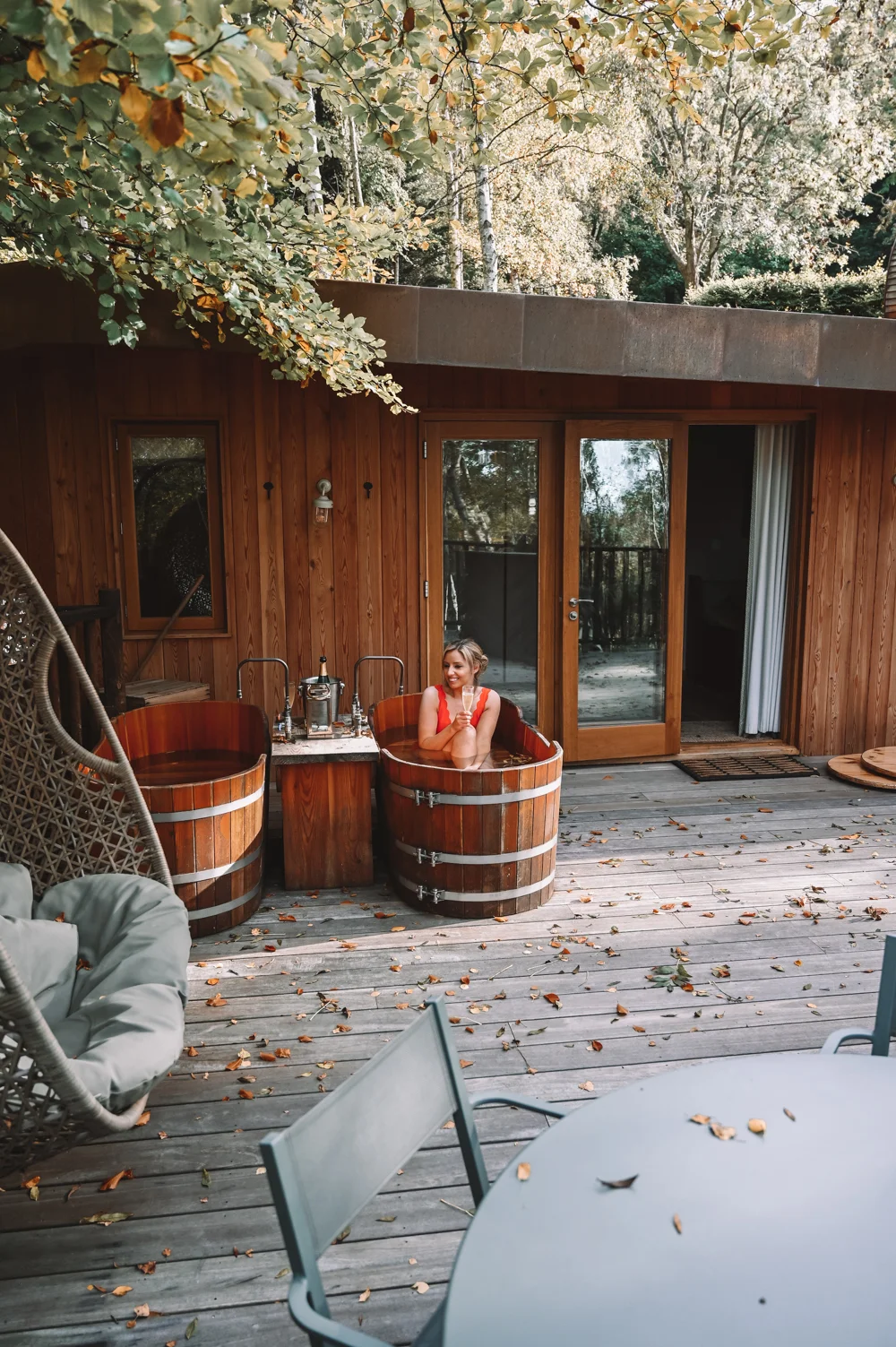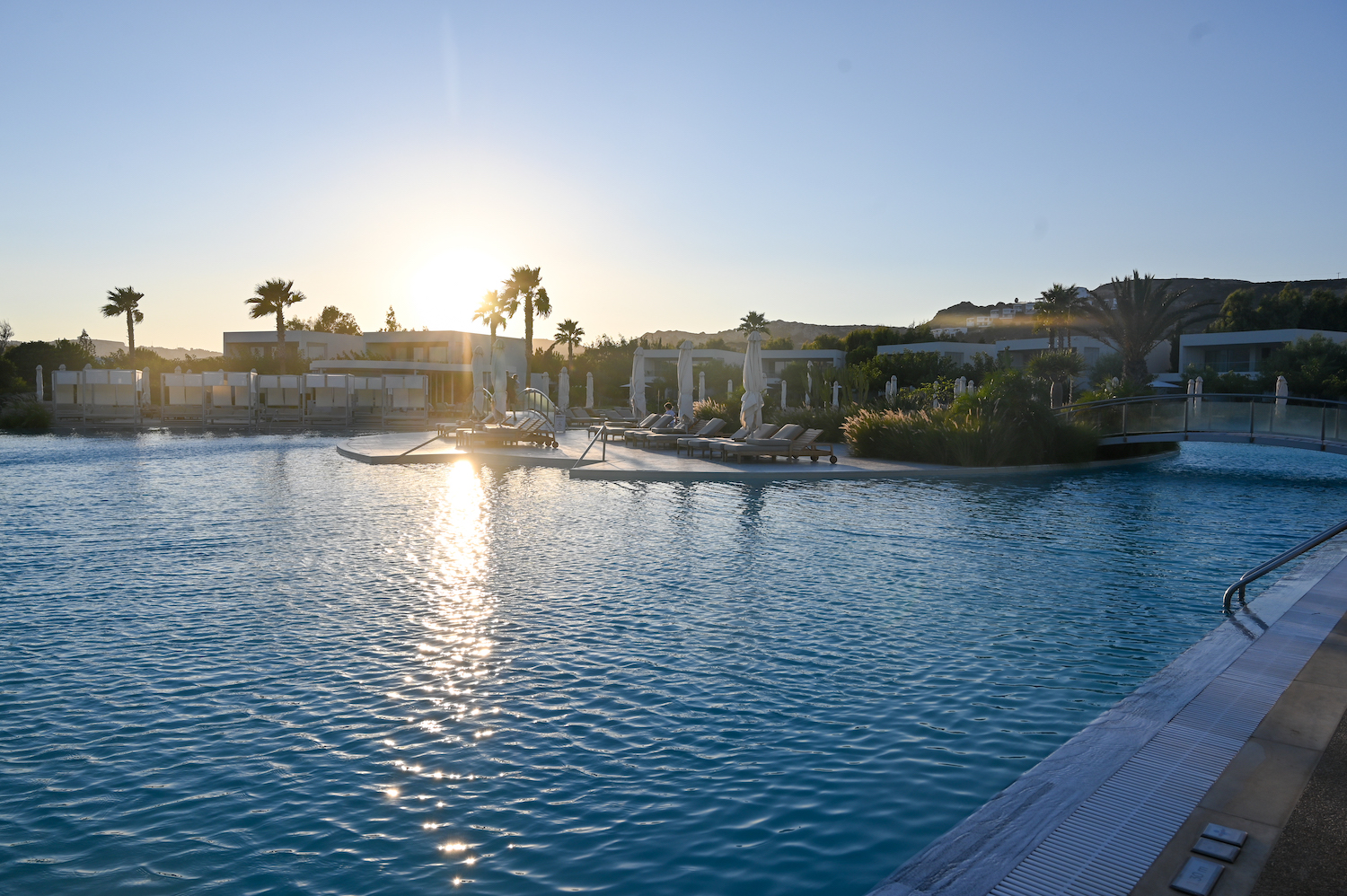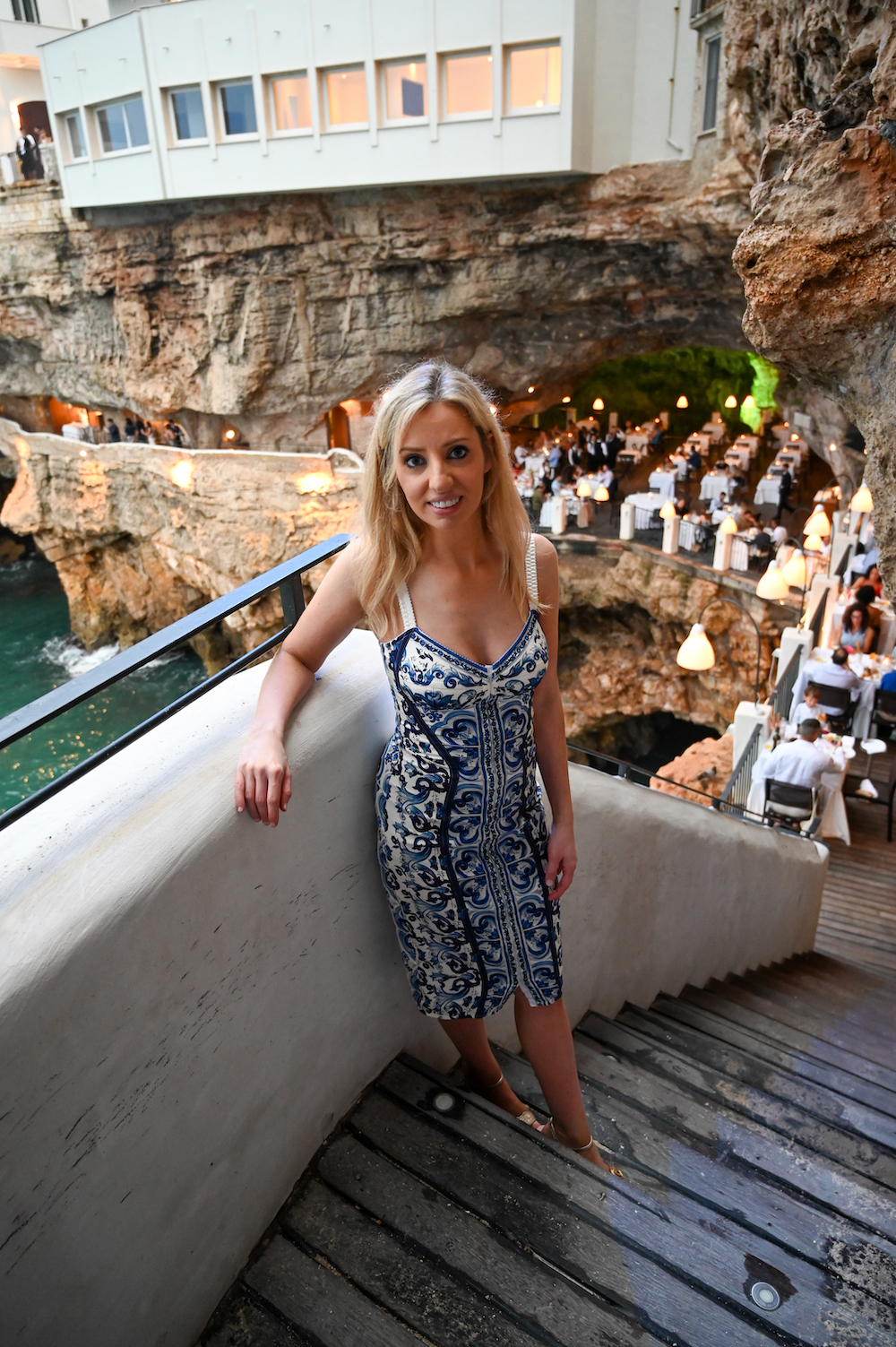Visiting Kyoto is a must for anyone coming to Japan, especially first-timers like myself and Mr S. The city is Japan’s cultural heart with 17 UNESCO World Heritage sites, more than 1600 Buddhist Temples and over 400 Shinto shrines, a place rich in history, culture and religion. A previous capital of Japan, Kyoto was the seat of the imperial family for around a thousand years.

For me one of the most iconic site in all of Japan is Kinkaku-ji otherwise known as The Golden Pavilion, the first stop on a private tour organised for us by The Ritz-Carlton Kyoto.


Standing majestically on the land, the shimmering gold leaf that covers the building reflects in the pond beneath, creating an absolutely stunning image. The structure itself dates back to 1397 when it was built as a retirement villa for Shogun Ashikga Yoshimitsu, and after his death it was turned into a zen temple. The stunning temple was actually burnt down by a crazed monk in 1950 but a full reconstruction was completed in 1955.

The grounds are packed with people but it is possible to get a great photo without the hordes in the background as it’s located on the other side of the pond.
A short drive from the Golden Pavilion is Ryoanji Temple, another Buddhist temple.

Passing through a pretty little pond, we arriving at the Zen Garden that the Ryonanji Temple is famous for. 

Made in 1450 and known as a ‘dry landscape’, the garden consists of raked gravel and fifteen rocks though only fourteen can be seen from any one angle, apparently the last one remains unseen until you attain enlightenment. In Japanese gardens the raked gravel often represents water whereas the larger stones can symbolise mountains or islands and the entire space become a mini representation of scenery.

No one actually knows who built the garden or what it means, but that’s the beauty of it, it’s up to your interpretation to take a moment and contemplate the beauty and the simplicity of the space. In my post on Gora Kadan, I referred to the rather complex notion of wabi sabi, that is the acceptance of imperfection and transience. Where ‘wabi’ refers to simplicity or rustic beauty and ‘sabi’ means the beauty that comes with age. Here the clay wall that is stained with age reflects ‘wabi’ whereas the garden is the ‘sabi’.
Next we headed to Arashiyama a beautifully scenic area at the base of mountains to west of Kyoto. The Tenru-ji temple and another beautiful garden and pond are fringed by the Arashiyama mountains and despite the crowds, it still felt very relaxing to wonder through the beautiful space.


A pond can also be a central element to a Japanese garden, and often stands for lakes or seas. This fantastic garden is also a famous example of ‘shakkei’ or borrowed scenery, meaning the backdrop on the mountain is incorporated into the garden itself. From here it’s a short walk uphill to the famous Arashiyama Bamboo Grove.
The bamboo grove is a rather otherworldly site that has been described as one of the most beautiful places in the world. 


I’ve seen some gorgeous pictures of the forest on blogs but it’s actually hard to capture how truly incredible it is…
And with so many people wondering through its difficult to get a clear picture of the bamboo stalks. 
But even so you can still find a moment of stillness and peace to quietly appreciate the beauty of this place. 

Emerging from the forest, we walked out and along the Hozu river, where pleasure boats drift gently towards the Togetsukyo Bridge which has stood in its position for over a thousand years.

Our guide took us to a gorgeous noodle restaurant with a view of the river. 


I wasn’t sure about eating noodles in the heat but actually we shared a few dishes and it was surprising light. After lunch it was back in the car and he headed to Southern Kyoto, about a twenty-minute drive from where we were.
Perhaps the most atmospheric place that we visited that day was Fushimi-Inari Taisha, a Shinto shrine known for its infinite trail of vermilion torii gates sweeping across the mountain.


The shrine is dedicated to Inari, the shinto god of rice and as foxes are seen as the messengers of Inari, there are plenty of statues of the animal lurking around the shrine.



Each of the torii gates have been donated by a business and there are around 5000 of them! Actually the complex is huge and consists of five shrines, and in about two hours you can hike the whole 4 kilometres up the mountain.



The trail of red gates is really quite a spectacular sight and it’s definitely one of the key places to visit in Kyoto even if you don’t hike right to the top. 
There is so much to see in Kyoto but I would urge you not to try to fit too much in as there’s a risk of being ‘templed out.’ One great aspect of our day trip was that everything we saw was very unique and different and didn’t start getting repetitive.
After a pit stop at the hotel we went for a walk along the narrow streets of Kyoto, eventually finishing at Kinoe, a barbecue restaurant that the hotel had booked for us. We were led into a private booth which was curtained off and we ate from a set menu of the most delicious wagyu beef from nearby Kobe. 

I explained the delicacy of wagyu in my post on Ukai-Tei and we were excited to be trying it again. At Kinoe we were given our own grill and encouraged to barbecue that beautifully marbled meat ourselves.

Mr S took on the task, grilling each piece to perfection. I’d highly recommend this restaurant as the food was the highest quality and we enjoyed the novelty of cooking it ourselves.

Sadly, with such little time, Mr S and I barely scratched the surface of all there was to see in Kyoto but it was easily my favourite stop on our trip to Japan. It’s a place where history comes alive before your very eyes, a living and breathing example of another world.
PIN FOR LATER:





















